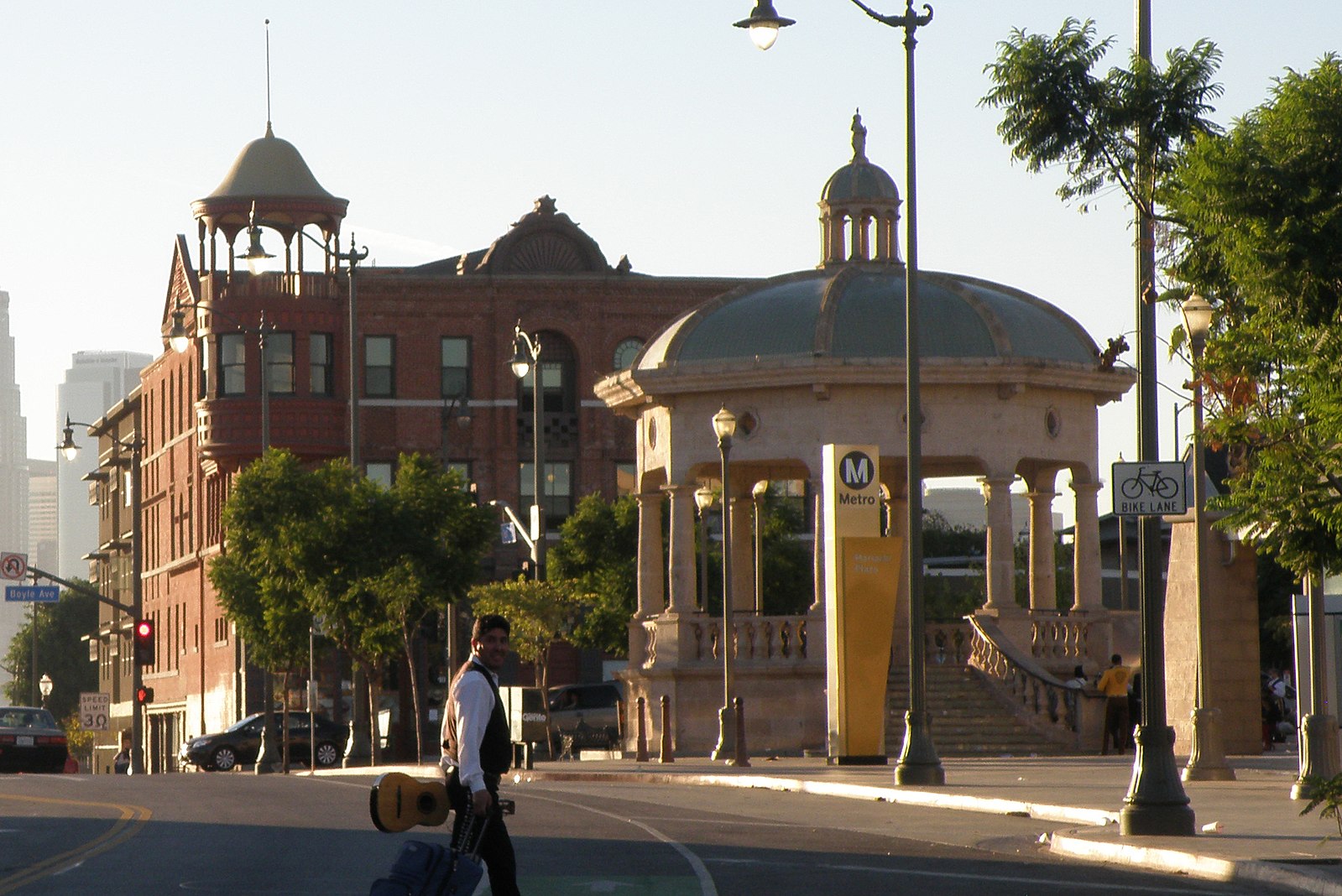
We usually think about gentrification as the replacement of poor, non-white residents with white and affluent newcomersin city neighborhoods. According to this narrative, property values rise alongside an influx in amenities catering to a wealthy, whiter community. But an immersive new study from Alfredo Huante complicates that by showing how a changing working-class, Latinx neighborhood in LA grapples with affluent Latinx arrivals.
Using the case study of Los Angeles’ Boyle Heights barrio, Huante examines a process he calls “gente-fication.” During “gente-fication” educated, higher-income, and lighter-skinned Latinx move to historically working-class barrios. Instead of a process of “gentrification” where the “gentry,” or the elite and noble classes move to a neighborhood, “gente” describes a distinct process in which new, wealthier arrivals share existing residents’ racial or ethnic background. Huante’s research moves beyond the black-white conflict usually associated with gentrification to emphasize tensions within the same racial and ethnic group that are present in the processes of neighborhood change in Boyle Heights. Huante draws on in-depth interviews with long-term barrio residents, community activists, and real estate agents, in addition to data from social media and neighborhood meetings.Despite the fact that the majority of Boyle Heights’ residents are Latinx and working class, barrio residents disagree about whether gente-fication is a threat to the neighborhood. Long-term White residents and Latinx media figures argue that new wealthy Latinx residents will stimulate economic growth and foster racial diversity. Because gente-fiers are Latinx, not white, they also feel like their arrival prevents the cultural erasure usually brought about by gentrification. On the other hand, local activists opposing gentrification claim the new class of Latinx newcomers are still displacing and replacing long-term working-class Latinx residents who are also darker-skinned.
While it seems like this process of gentefication preserves the racial and ethnic character of a neighborhood, Huante’s emphasis on class inequalities within racial and ethnic groups reminds us that the complexities of intra-ethnic dynamics on the ground have a much different story to tell.

Comments